The Corsair RM750e ATX 3.1 Review: Simple And Effective
by E. Fylladitakis on July 18, 2024 9:00 AM EST- Posted in
- Cases/Cooling/PSUs
- Corsair
- PSUs
- 12V-2x6
- ATX v3.1
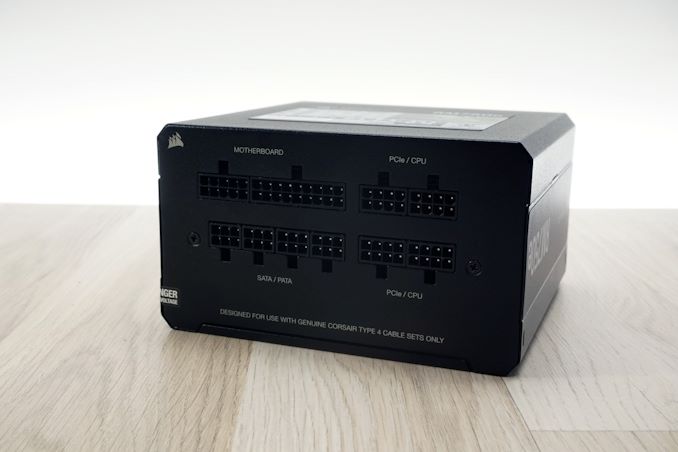
As mainstream power supplies continue to make their subtle shift to the ATX 3.1 standard, the pace of change is picking up. Already most vendors offer at least one ATX 3.1 unit in their lineups, and thanks to the relatively small set of changes that come with the revised standard, PSU vendors have largely been able to tweak their existing ATX 3.0 designs, allowing for them to quickly roll-out updated power supplies. This means that the inflection point for ATX 3.1 as a whole is quickly approaching, as more and more designs get their update and make their way out to retail shelves.
Today we're looking at our first ATX 3.1-compliant PSU from Corsair, one of the industry's most prolific (and highest profile) power supply vendors. Their revised RMe line of power supplies are aimed at the mainstream gaming market, which is perhaps not too surprising given how important ATX 3.1 support and safety are to video cards. The RM750e model we're looking at today is the smallest capacity for the lineup, which stretches from 750 Watts up to a hefty 1200 Watts.
Overall, the RM750e is built to meet the demands of contemporary gaming systems, and boasts a great balance between features, performance, and cost. It is an 80Plus Gold certified unit with modular cables and PCIe 5.1/ATX 3.1 certified, offering a single 600W 12V-2x6 connector. We will explore its specifications, construction, and performance to determine its standing in today’s market.
| Corsair RM750e (CP-9020262-NA) Power specifications ( Rated @ 50 °C ) |
|||||
| RAIL | +3.3V | +5V | +12V | +5Vsb | -12V |
| MAX OUTPUT | 20A | 20A | 62.5A | 3A | 0A |
| 110W | 750W | 15W | 0W | ||
| TOTAL | 750W | ||||
| 80PLUS RATING | Gold | ||||
| AC INPUT | 100 - 240 VAC, 50 - 60 Hz | ||||
| MSRP | $95 | ||||
Packaging and Bundle
The Corsair RM750e 750W PSU is packaged in a typical cardboard box featuring Corsair's yellow and black color theme, with an image of the PSU on the front. Though labeled as ATX 3.0, Corsair has confirmed that the unit is ATX 3.1 compliant, and the packaging has not been updated yet. Inside, the PSU is protected by a nylon bag and dense packaging foam, ensuring it arrives safely.
The bundle includes mounting screws, an AC power cable, and a few basic cable ties, covering the essentials for installation.
This PSU features an all-black cable design, with the ATX 24-pin connector sleeved and the remaining cables in a flat, ribbon-like style. The 600W 12V-2x6 connector is perhaps the highlight here, as it connects to two 8-pin PCIe connectors to the PSU side.
In a roundabout manner, Corsair's use of a non-standard method of connecting a 12V-2x6 cable to the PSU itself has been a critical factor in being able to ship an ATX 3.1-compliant model so soon. Since the company isn't using the 12V-2x6 (or 12VHPWR) connector on the PSU itself, the PSU didn't need physically retooled. Even the "original" 12VHPWR-era cable is fine for ATX 3.1 compliance, since the spec didn't change the male connector.
| Corsair RM750e | ||
| Connector type | Hardwired | Modular |
| ATX 24 Pin | - | 1 |
| EPS 4+4 Pin | - | 2 |
| EPS 8 Pin | - | - |
| 12V-2x6 | - | 1 |
| PCI-E 8 Pin | - | 3 |
| SATA | - | 7 |
| Molex | - | 4 |
| Floppy | - | - |
The Corsair RM750e 750W ATX 3.1 PSU
External Appearance
The Corsair RM750e 750W PSU adheres to the ATX design guide with a chassis length of 140 mm, ensuring compatibility with any standard ATX-compliant tower PC case. The only direct downside here is the usual one, which is that the body length limits the cooling fan size to 120 mm.
The PSU features a smooth satin black finish with geometric design elements such as chamfered edges, and includes large decorative stickers that cover most of the left and right sides. The top side of the unit hosts a sticker with the electrical specifications and certifications. At the bottom side of the PSU, we find the fan finger guard integrated into the chassis itself, featuring a geometric triangular cutout pattern.
On the front side, the PSU features just the standard on/off switch and AC cable receptacle. The rear side houses the modular cable connectors, which are labeled with a basic white legend. The number of connectors limits the number of cables that can be attached at the same time, as there are only four PCIe/CPU connectors and seven cables to choose from (two CPU 12V, three PCI Express 8-pin, and the 12V-2x6 cable requires two connectors). A small white imprint of the company logo is located at the top left corner.
Internal Design
The Corsair RM750e 750W PSU is equipped with a Hong Hua 1225H12F-Z 120 mm fan, utilizing a rifle-bearing (sleeve) engine. This type of fan is known for its good balance of reliability, noise levels, and cost. It has a high maximum speed of 2200 RPM, which should be more than adequate for a 750W unit.
The OEM for the RM750e is HEC/Compucase, a well-established company with extensive experience in the power electronics industry since 1979. Although traditionally focused on cost-effective solutions, HEC/Compucase has recently developed platforms for mid-range and high-performance PC PSUs.
The RM750e's electrical design features established topologies aimed at ensuring reliability. The input stage includes a robust filtering setup with four Y capacitors, three X capacitors, and two filtering inductors. The two rectifying bridges are sharing the main heatsink with the APFC components, which are two Infineon 60R120P7 APFC MOSFETs and a diode. A typical inductor paired with a Teapo 470 μF capacitor are the passive components of the APFC circuitry.
In the primary inversion stage, the PSU employs a typical half-bridge LLC topology using two Infineon 60R120P7 MOSFETs mounted on a dedicated heatsink. The secondary stage features a synchronous rectification circuit on a vertical daughterboard for the primary 12V line, with additional DC-to-DC circuits on small vertical daughterboards generating the 3.3V and 5V lines. The secondary side MOSFETs are hidden beneath a metallic slab that serves as a basic heatsink. Secondary side capacitors are primarily supplied by Teapo, with a few Nippon Chemi-Con capacitors included.


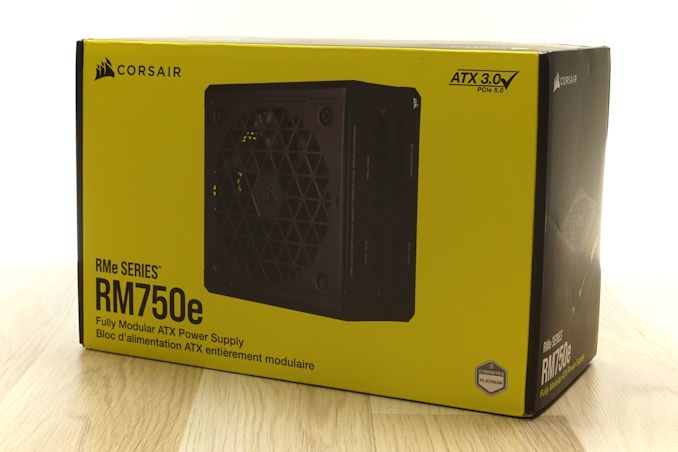
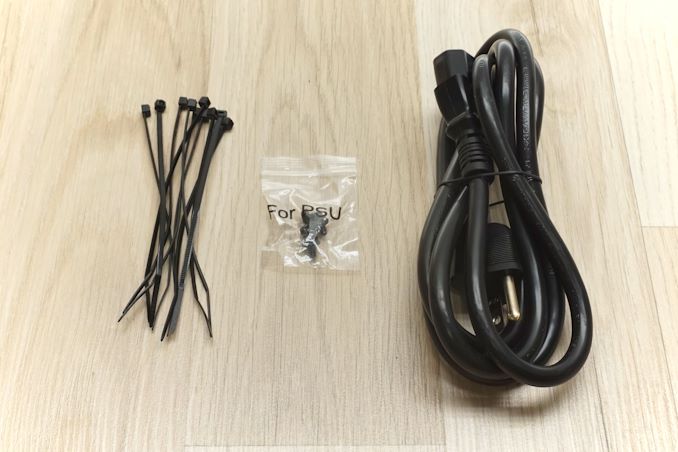
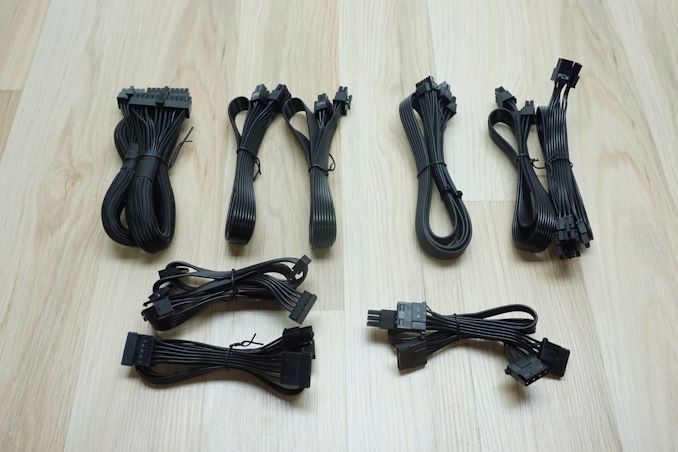
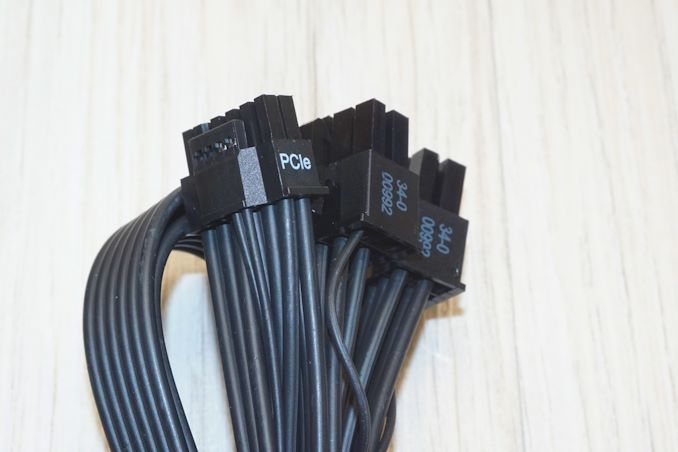
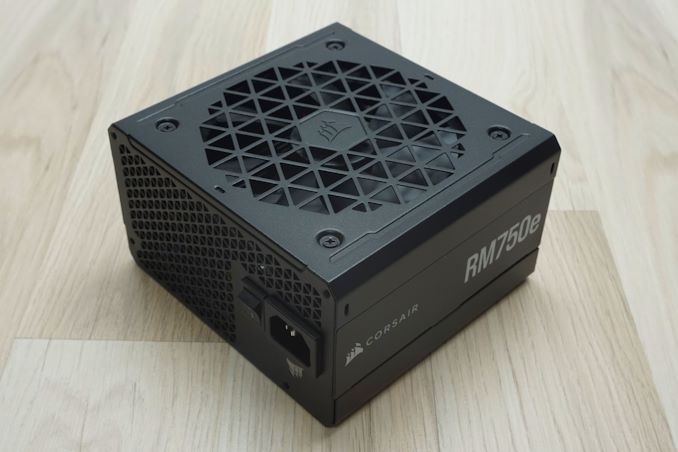
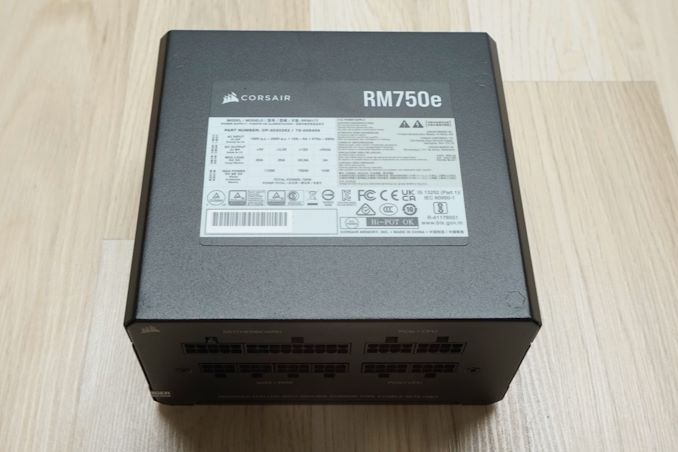
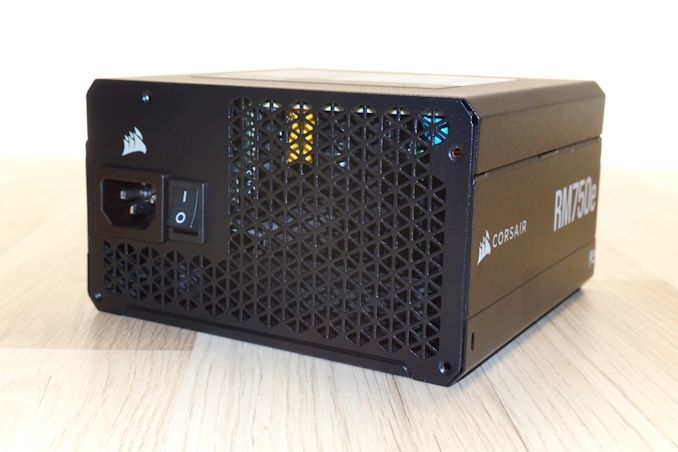
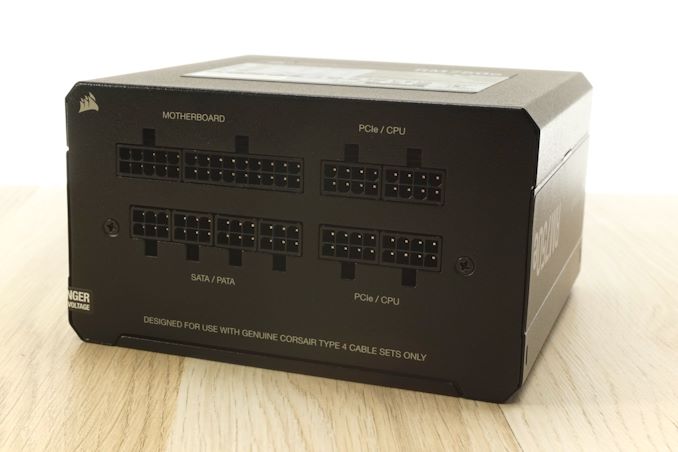
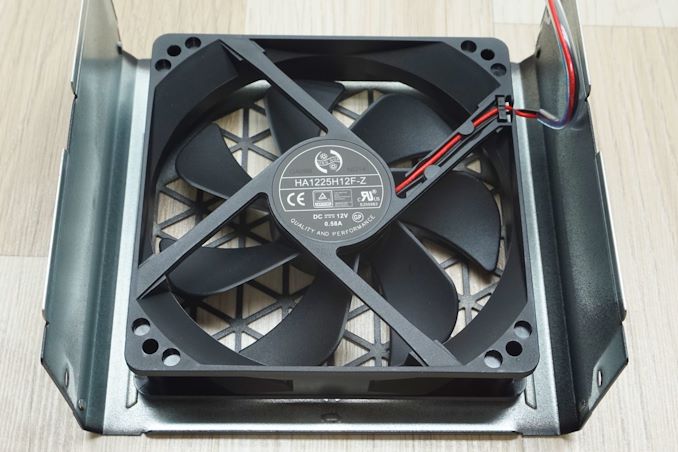
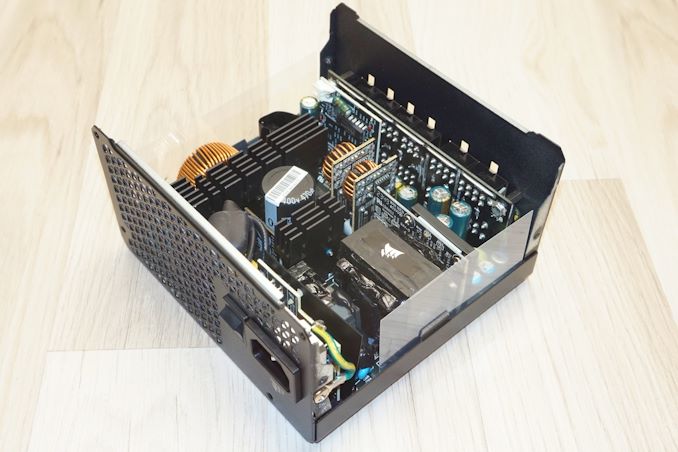
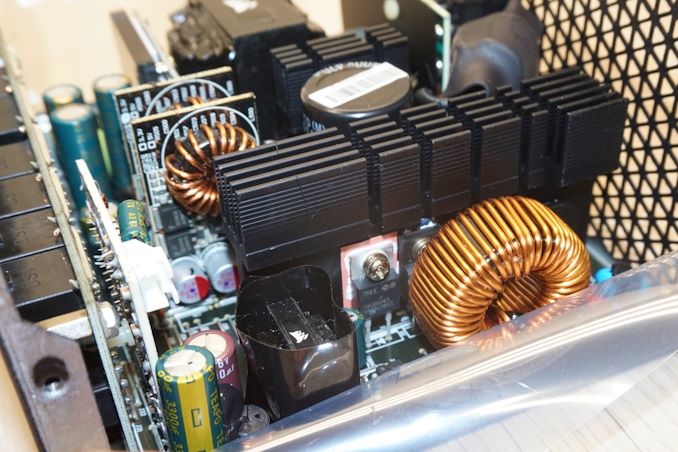
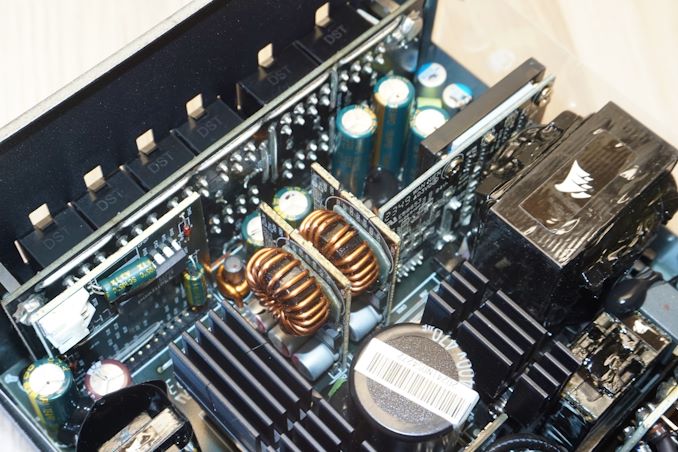
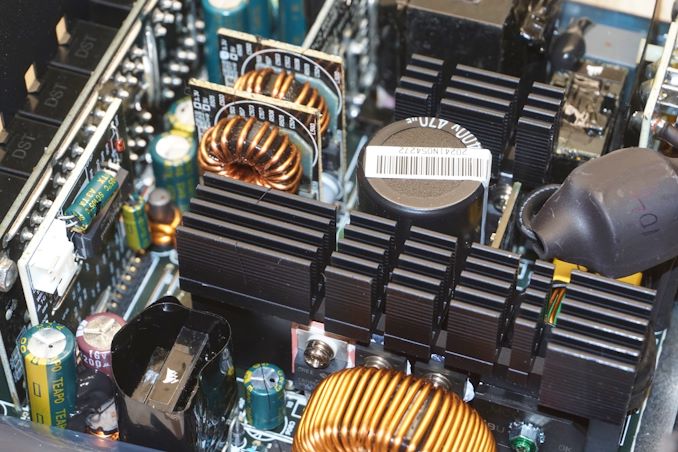
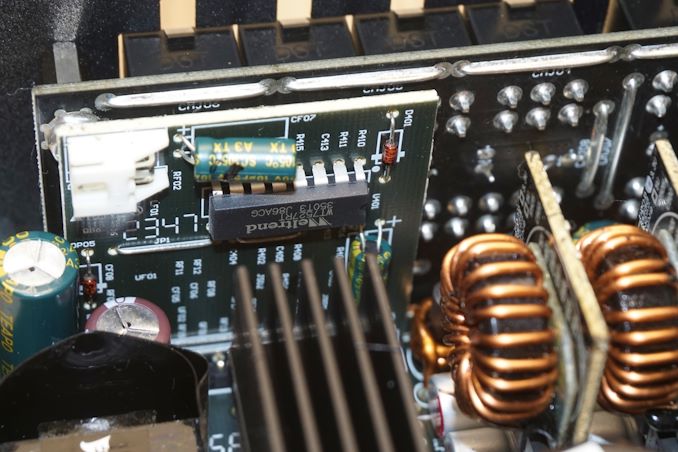








3 Comments
View All Comments
Oxford Guy - Thursday, July 18, 2024 - link
I have long been under the impression that sleeve fans require vertical orientation for proper lubrication. Is the fan a modified sleeve bearing such as an FDB?meacupla - Thursday, July 18, 2024 - link
Yes, It uses a rifle bearing, which is a type of FDB.Hresna - Saturday, July 20, 2024 - link
I wish the ‘i’ line would get more traction and other PSU manufacturers would get onboard with the USB connectivity for poweruser readouts from the PSU.I’ve had my corsair RM-750i for 5 years now, currently powering a 13900k and an RTX-4090. A big part of the reason I’m comfortable with that was being able to stress-test extensively and actually see the power draws in hwinfo64. I keep the silicon sensibly undervolted and power limited just the same, because I’m an efficiency nut, but I love knowing exactly what my power draw is without having to hook up external monitoring gear.